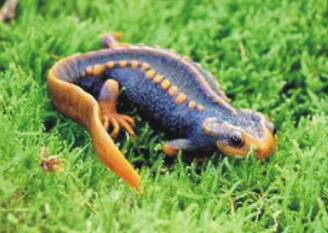
Tylototriton kweichowensis
Tylototriton kweichowensis,Miaopo snake, Tuha scale, painted stone
Features:The body shape and body color are similar to those of the fine-spotted newt, but the dorsal ridge and the warts on the sides of the body are red, and there are also continuous red longitudinal lines on the sides of the body.
Guizhou wart newt is a tailed amphibian of the family Salamandridae and the genus Wart Newt. It lives in small water pits, slow-flowing streams, small ponds and their vicinity in mountainous areas at an altitude of 1800 to 2300 meters, surrounded by weeds or dwarf shrubs, silt or gravel and fine san...
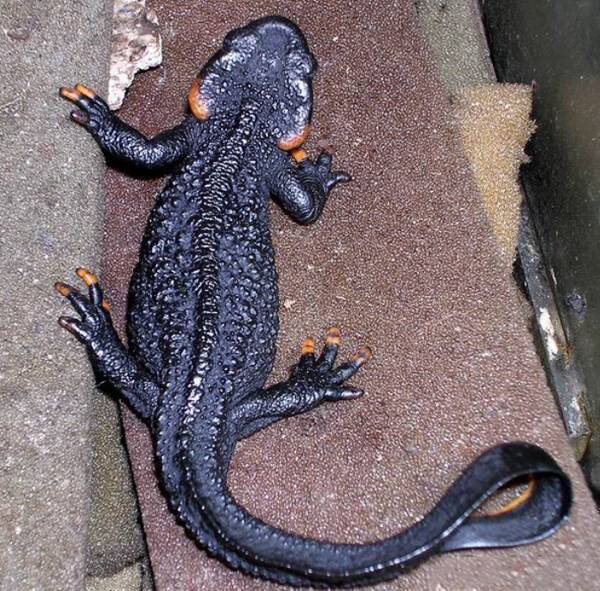
Liangshantriton taliangensis
Liangshantriton taliangensis,Taliang Knobby Newt,Tylototriton taliangensis,Daliang warty newt
Features:The trunk is stout, the tail is long and narrow, the skin is very rough and covered with warts, and the body and tail are brown-black or black.
The big newt is a tailed amphibian of the family Salamandridae and the genus Salamandridae. It lives in mountain depressions with dense vegetation and humid environment at an altitude of 1390-3000 meters. It mainly lives in water bodies with a water depth of 54.59-60.93 cm, pH 5.16-7.18, water tempe...
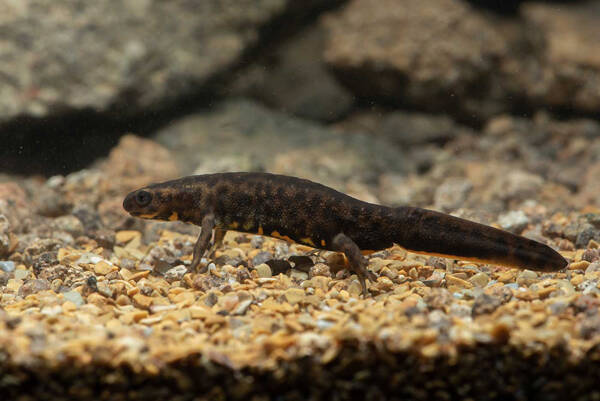
Cynops orphicus
Cynops orphicus,Shantou Salamander
Features:There is an irregular longitudinal orange-red stripe in the middle of the ventral surface of the body.
The Chaoshan salamander is a tailed amphibian of the family Salamandridae and the genus Salamandridae. It lives in mountainous areas with an altitude of 640 to 1,600 meters. During the breeding season, adult salamanders are mostly active in still ponds and swamps, often living in ponds with a depth...
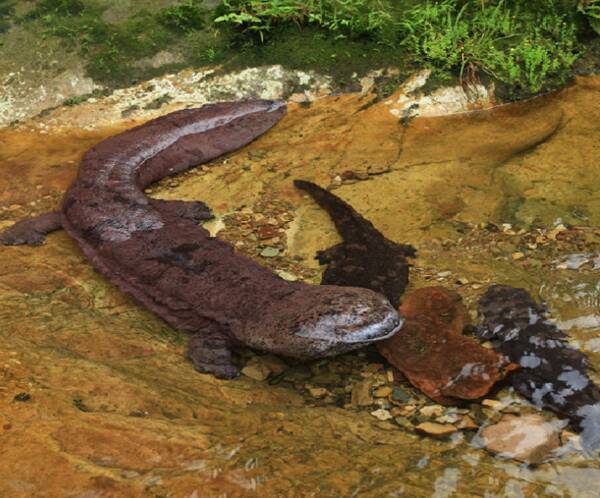
Andrias davidianus
Andrias davidianus,Chinese Giant Salamander,Andrias scheuchzeri davidianus、Megalobatrachus davidianus、Sieboldia davidi,Giant salamander, mermaid, baby fish, foot fish, crying fish, wax dog
Features:The body is large and flat, the head is large, flat and broad, and there are irregular black or dark brown markings on the dorsal and ventral surfaces, and some have unclear markings.
The giant salamander is an ancient amphibian that evolved from aquatic fish in the Devonian period of the Paleozoic Era 360 million years ago. It usually lives in caves and stone caves in deep pools of streams and rivers below 1,000 meters above sea level. It is more common in caves above and below...
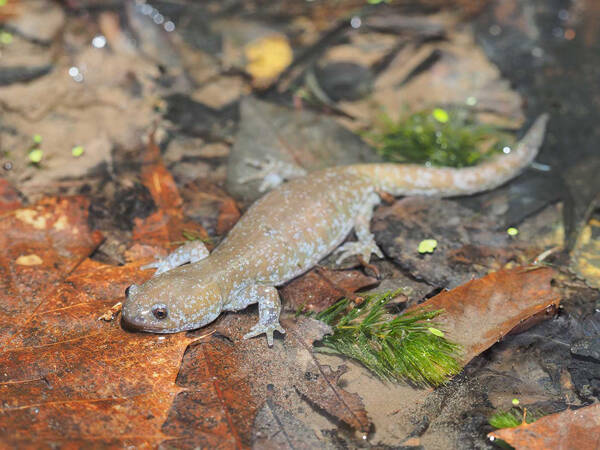
Hynobius yiwuensis
Hynobius yiwuensis
Features:The morphology is similar to that of the Chinese salamander, with the ventral surface of the body being grayish white without any spots.
Yiwu small salamander lives in hilly and mountainous areas with an altitude of 100 to 200 meters. Except for the breeding season, it lives on land and is often found under loose and moist soil, stones or rotten branches and leaves. Its traces are rarely found on the ground, except after heavy rain i...
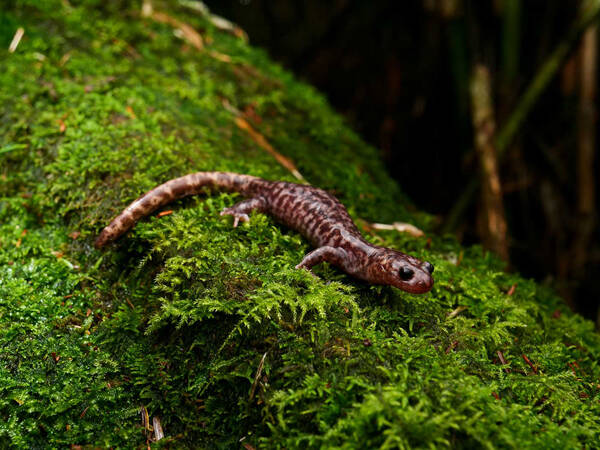
Hynobius sonani
Hynobius sonani,Chunan's Salamander
Features:The base color of the back is light brown, yellowish brown or pinkish brown, with irregular dark brown spots scattered on it, and dense spots in the middle of the body.
Chunan Hynobius is a tailed amphibian belonging to the Hynobiidae family and the genus Hynobius. It lives in high and cold mountainous areas at an altitude of 2750 to 3500 meters. It often lives under stones in dense forests and overgrown weeds or under stones beside mountain streams. Its habitat is...
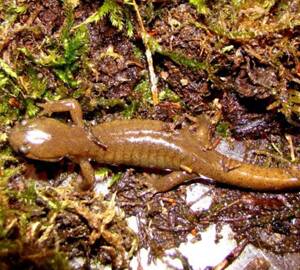
Hynobius leechii
Hynobius leechii,Northeastern China Salamander,Water snake, baby salamander, water snake, mullet
Features:The head is flat and oval, the tail is flattened laterally, the eyes are large but not very protruding, and the back of the body is dark gray or gray-brown.
The Northeast Hypsilophis davidianus lives on land during the non-breeding season, hiding during the day and coming out at night, and also going out on rainy days. It often moves and forages in the dead branches and leaves, under rocks, fallen trees or in the grass on the hillsides on both sides of...
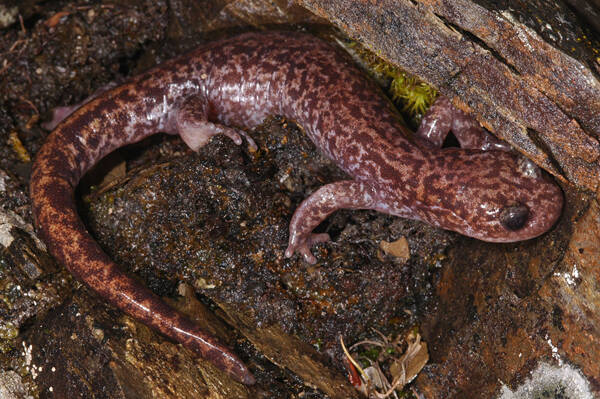
Hynobius nanhuensis
Hynobius nanhuensis
Features:The back is light yellowish brown with irregular but evenly distributed short black-brown stripes.
Nanhu Hypsilophis lives in high-altitude mountainous areas with harsh environments. The population is very small and it is endemic to China.It is listed in the second level of the "List of National Key Protected Wildlife in China"....
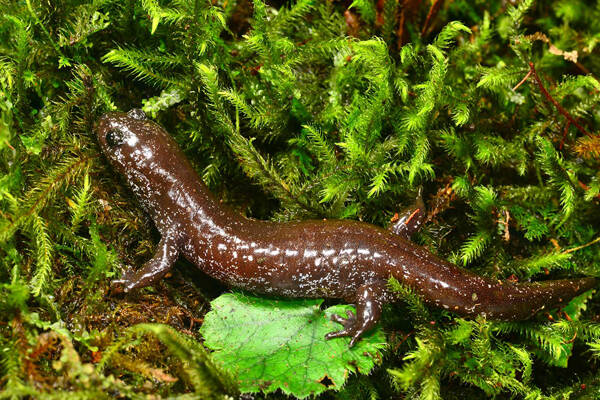
Hynobius fucusLai and Lue, 2008
Hynobius fucusLai and Lue, 2008
Features:The sides and belly are brown with light yellow spots.
The Guanwu Small Salamander lives in mountainous areas at an altitude of 1200-2100m, where the vegetation is a mixed forest of mangroves and conifers. Adult salamanders live under dark and damp stones or rotten leaves. Their population is rare and difficult to find. The breeding season is mainly in...
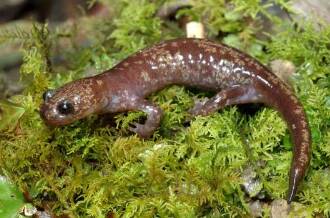
Hynobius formosanus
Hynobius formosanus,,Formosan Hynobiid、Taiwan SalamanderTaiwan Salamander
Features:The back of the body is brown or dark brown, with no patterns or with golden spots.
Taiwan's small salamander lives by mountain streams at an altitude of about 2,100 meters, or in the fallen leaves at the bottom of the forest. When it is young, it looks like a fish, breathing with gills, and only switches to breathing with lungs when it grows up. Although Taiwan's small sal...
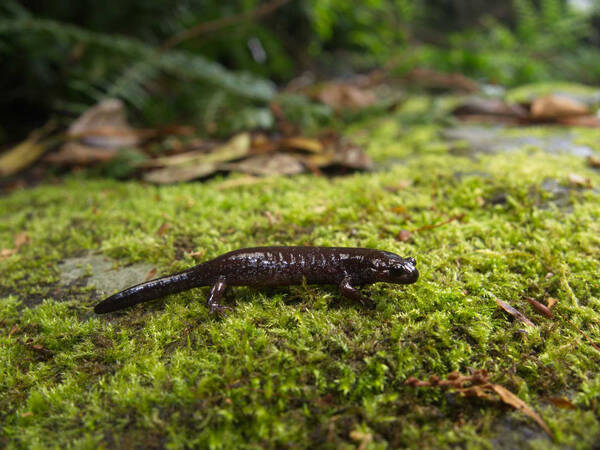
sonani arisanensis Maki,1922
sonani arisanensis Maki,1922,Taiwan small salamander, Alishan small salamander, earth dragon
Features:The head is flat, and the trunk is about 3 times the length of the head; the tail ends in a blunt tip. The skin on the back of the body is smooth, with a longitudinal groove in the middle of the dorsal spine.
Alishan Small Salamander is an animal of the genus Small Salamander of the family Small Salamander. It lives in the middle and high mountainous areas with lush vegetation at an altitude of 2000 to 3650 m. Adults often live in slow-flowing streams under forests, swamps and places with rich mosses. Ad...
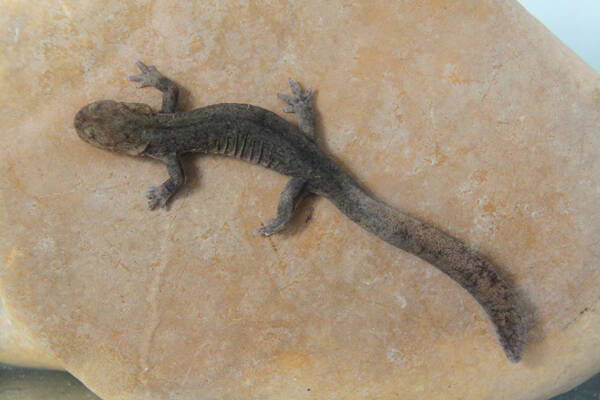
Batrachuperus yenyuanensis
Batrachuperus yenyuanensis,Qianghuo fish
Features:The body is slender, the tail is long, the tail muscles are weak, the back is dark brown or yellowish brown, and there are irregular light-colored cloud spots.
The ecological environment of the Yanyuan Mountain Stream Salamander is generally 1 to 2 meters wide and no more than 1/3 meter deep. There are relatively dense coniferous plants on both sides of the creek to cover the surface of the creek. There are large and small stones, gravel, coarse sand, dead...
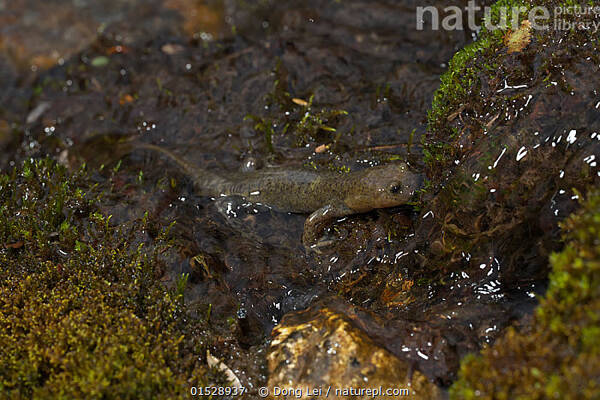
Batrachuperus tibetanus
Batrachuperus tibetanus,Giant salamander, Qianghuo fish, mountain pepper, fir fish
Features:The back of the body has fine linen spots or no spots.
The Tibetan stream salamander is a tailed amphibian adapted to plateaus or cold mountain streams. It is distributed at an altitude of 1500 to 4300 meters, but mostly in mountain streams above 3000 meters. In areas with northern latitudes, the altitude is generally lower, such as the Nanjiang area of...
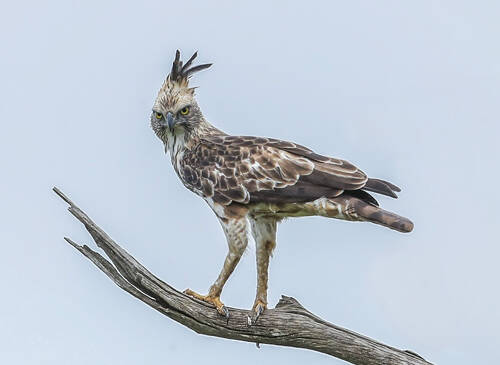
Nisaetus cirrhatus
Nisaetus cirrhatus,Changeable Hawk-eagle, Crested Hawk-Eagle
Features:Slender body, short crest on head
The Crested Hawk-Eagle is a large forest raptor with 5 subspecies.The Crested Hawk-Eagle is a resident bird. It often moves alone and is alert. It likes to live on the highest dead branches at the top of the canopy of a large tree close to the edge of the forest and surrounded by open areas, so as t...
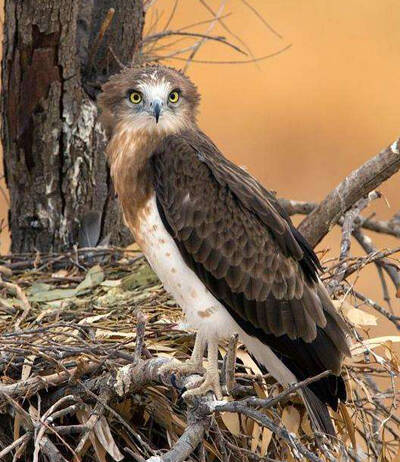
Circaetus gallicus
Circaetus gallicus,Short-toed Snake-Eagle,Accipiter ferox,Circaetus ferox,Circaetus gallicus ferox,Circaetus gallicus gallicus,Circaetus gallicus heptneri,Circaetus gallicus hypoleucos,Circaetus hypol
Features:Usually silent in winter, with occasional plaintive meowing
Short-toed Snake-Eagle, also known as Short-toed Snake-Eagle in English, is a large bird of prey with 4 subspecies.The short-toed eagle is extremely rare in all parts of China. It is a breeding bird in Xinjiang, a winter migratory bird in Gansu, and an occasional migratory bird in Beijing, Liaoning,...
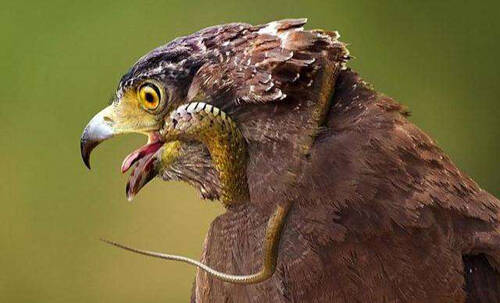
Spilornis cheela
Spilornis cheela,Crested Serpent-eagle,Crested Serpent Eagle,Great crested vulture, snake eagle, snake eagle, white-bellied snake eagle, crowned snake eagle, crested snake eagle
Features:It makes a sad sound and mainly feeds on various snakes.
The Crested Serpent-eagle is a large or medium-sized eagle with 21 subspecies.Snake eagles often choose clear weather to fly, flying alone or in small groups with rising hot air currents into the air and spreading their wings. At this time, under the slightly forward-leaning wide and long wings, a w...
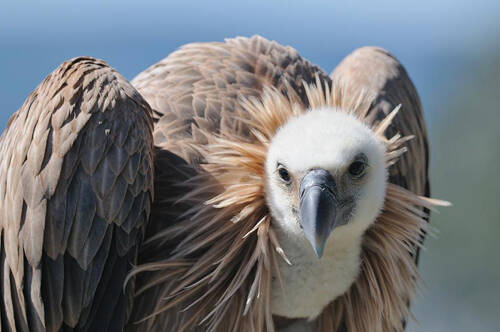
Adrian Toomes
Adrian Toomes,Cinereous Vulture,Griffon vulture, Griffon vulture, Griffon vulture, Mountain vulture, Eurasian black vulture
Features:The color of the body changes when fighting for food
Vulture is a large bird of prey with no subspecies.Vultures are resident birds, some of which migrate or wander after nesting. They are resident birds in Northeast China, northern North China, Northwest China and northwestern Sichuan. It is an occasional winter migratory bird in Taiwan, Hong Kong, t...
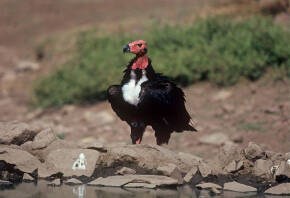
Sarcogyps calvus
Sarcogyps calvus,Red-headed Vulture,,Indian Black Vulture
Features:Red head, neck and legs and white ruff are the distinguishing features
The black vulture, also known as the Red-headed Vulture, is a large bird of prey with no subspecies.The black vulture is bold and aggressive, often acting alone or in pairs. It usually does not fly in the early morning, but stands still on branches or rock peaks, quietly waiting for the sun to heat...
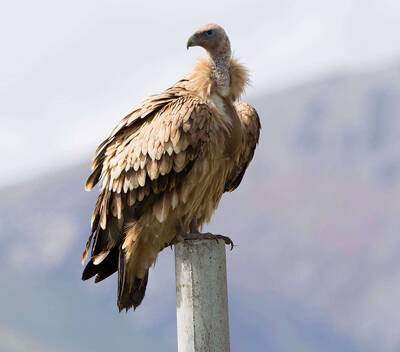
Gyps himalayensis
Gyps himalayensis,Himalayan Vulture,Yellow vulture
Features:It can fly over Mount Everest and is one of the highest flying birds in the world.
The Himalayan Vulture is a large bird of prey with no subspecies.The Himalayan Vulture is a resident bird. It often soars at an altitude of 6,000 meters, spends a long time in the air searching for animal carcasses or debris, and then lands to tear them apart after finding them. It is one of the hig...
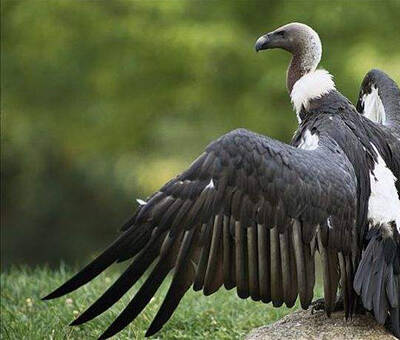
Gyps bengalensis
Gyps bengalensis,White-rumped Vulture,White-rumped vulture, white-rumped vulture
Features:Its claws are not sharp, so it cannot catch prey alive, and its head and neck are completely exposed.
White-rumped vulture is a medium-sized vulture, which is only found in Asia and has no subspecies.White-rumped vulture is a gregarious animal that feeds on the ground or on rocky slopes, often in small groups. It is active during the day and rests in trees at night. The flight speed is generally 50...
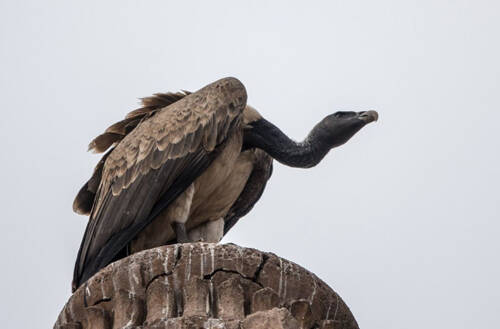
Gyps indicus
Gyps indicus,Long-billed vulture, Indian vulture, long-billed vulture, painted vulture,Indian Vulture, Indian Griffon, Long-billed Griffon, Long-billed Vulture, Painted Vulture
Features:Nature's Cleaner
The Indian Vulture is the smallest species in the genus Vulture and has no subspecies.The Indian Vulture is a scavenger. Its main food is the carcasses of dead animals. It patrols over tropical savannas or human settlements in search of food. When it finds food, it moves out in groups. Most members...

